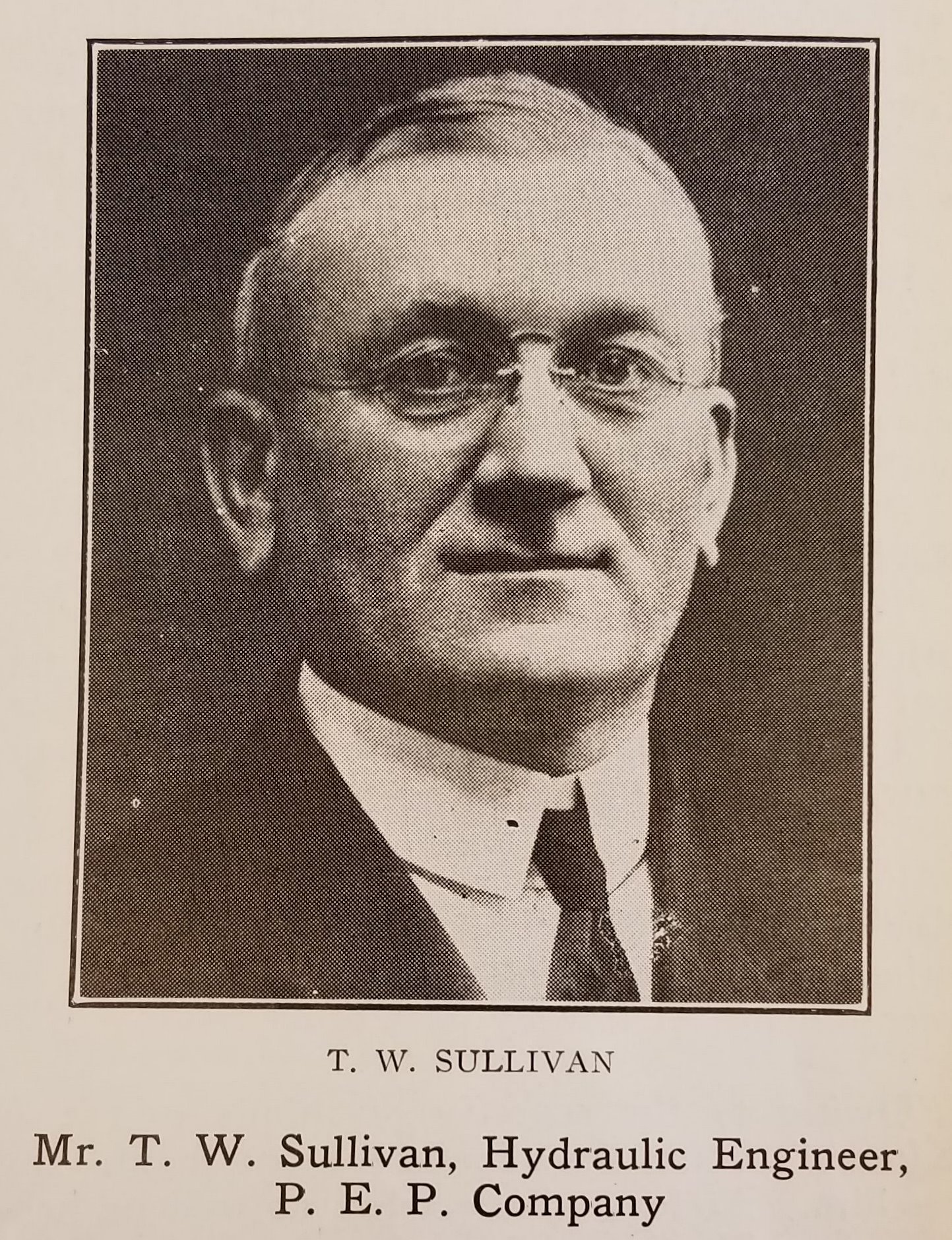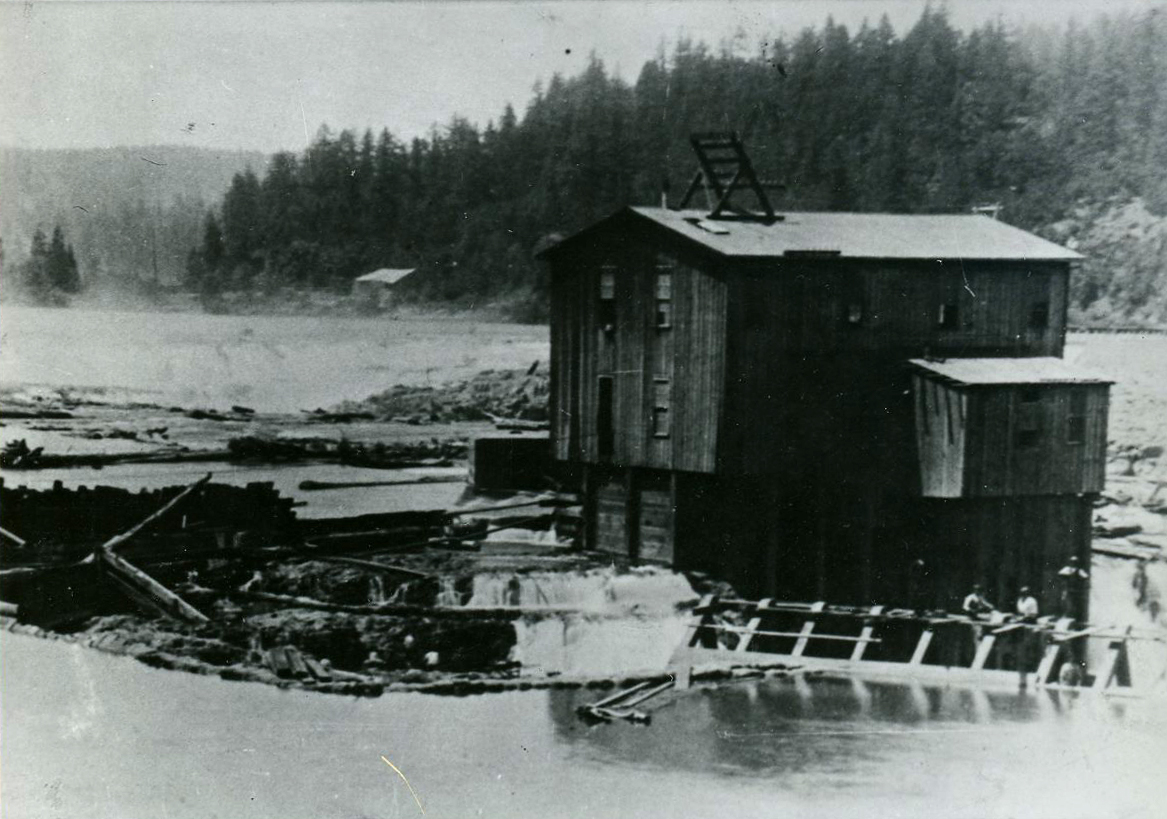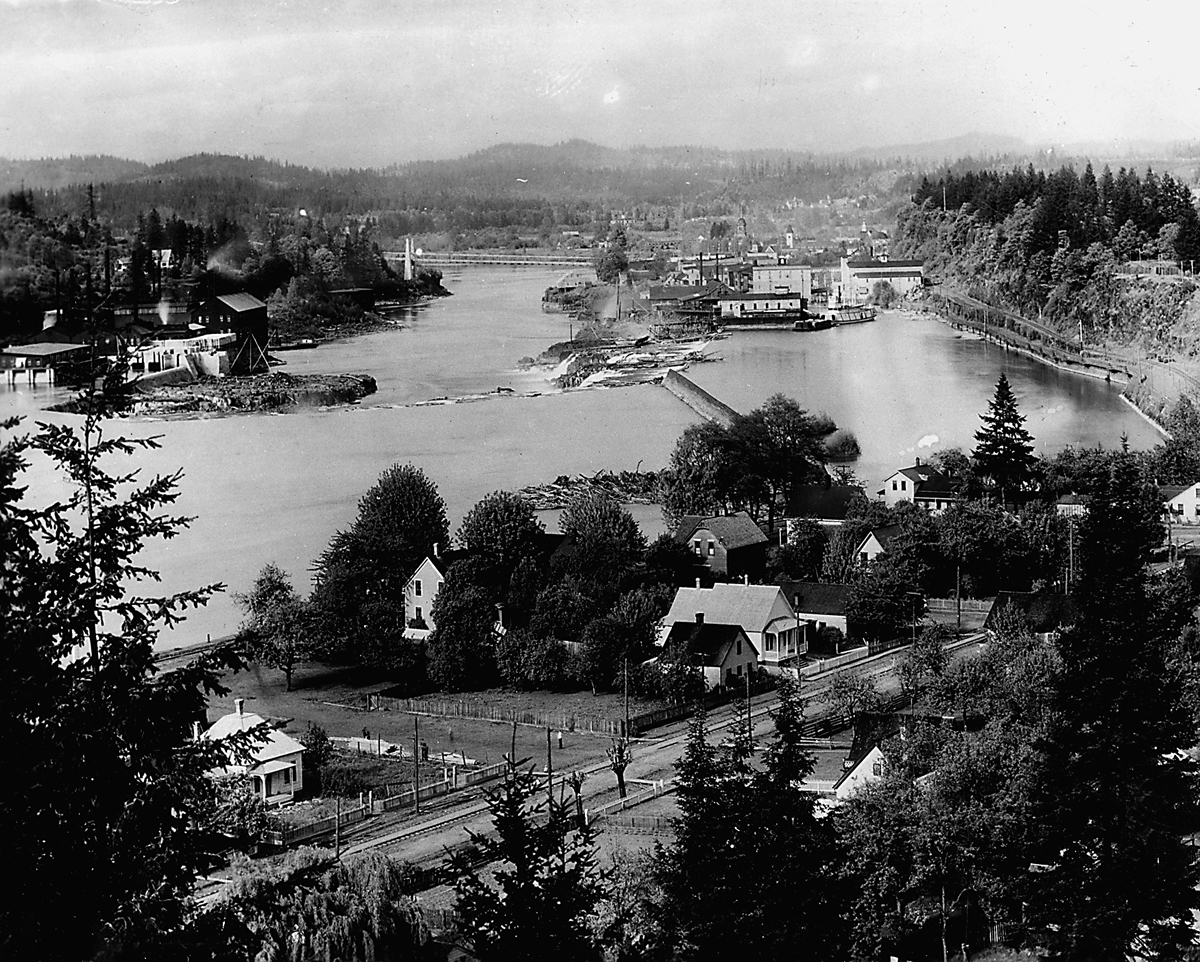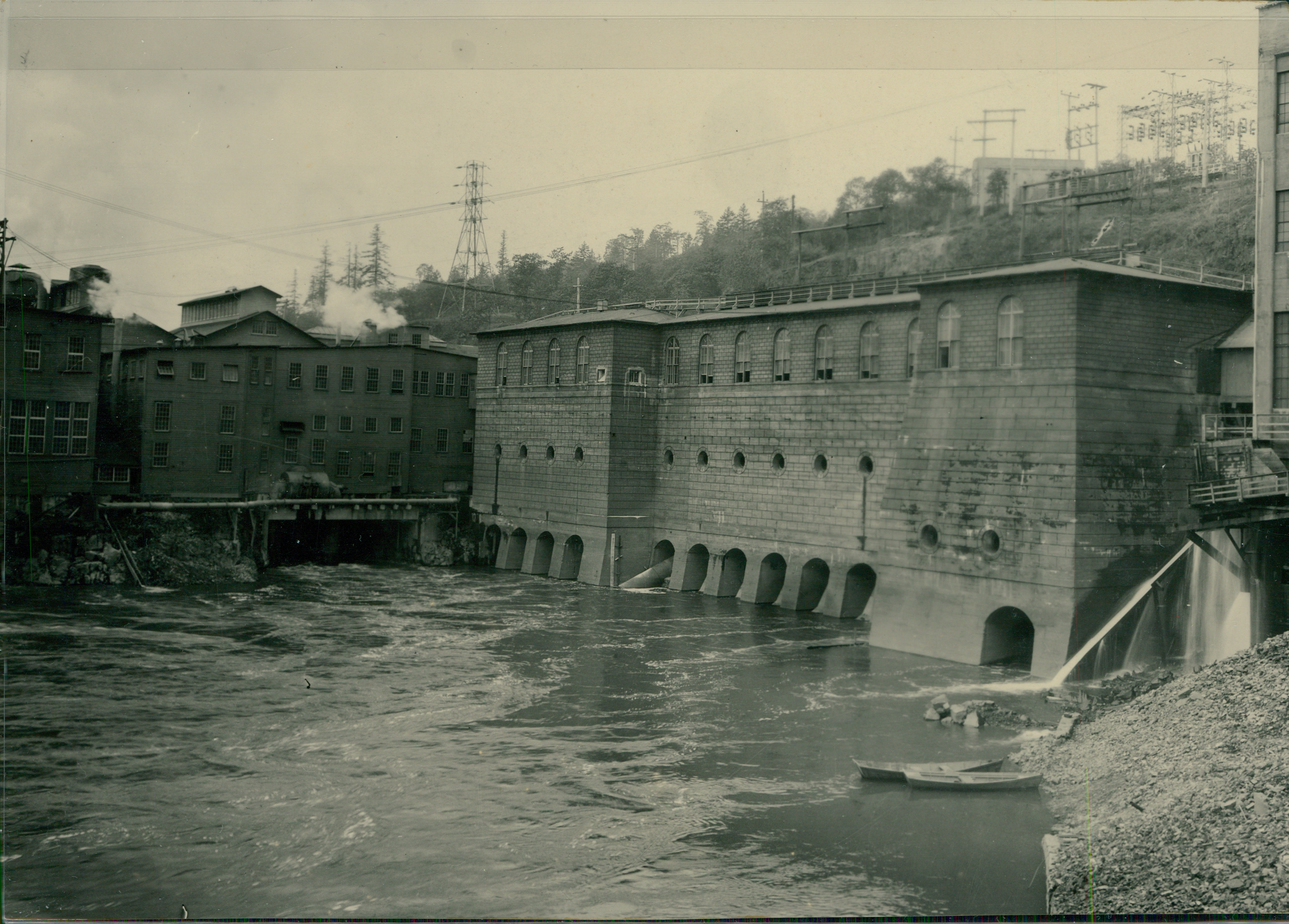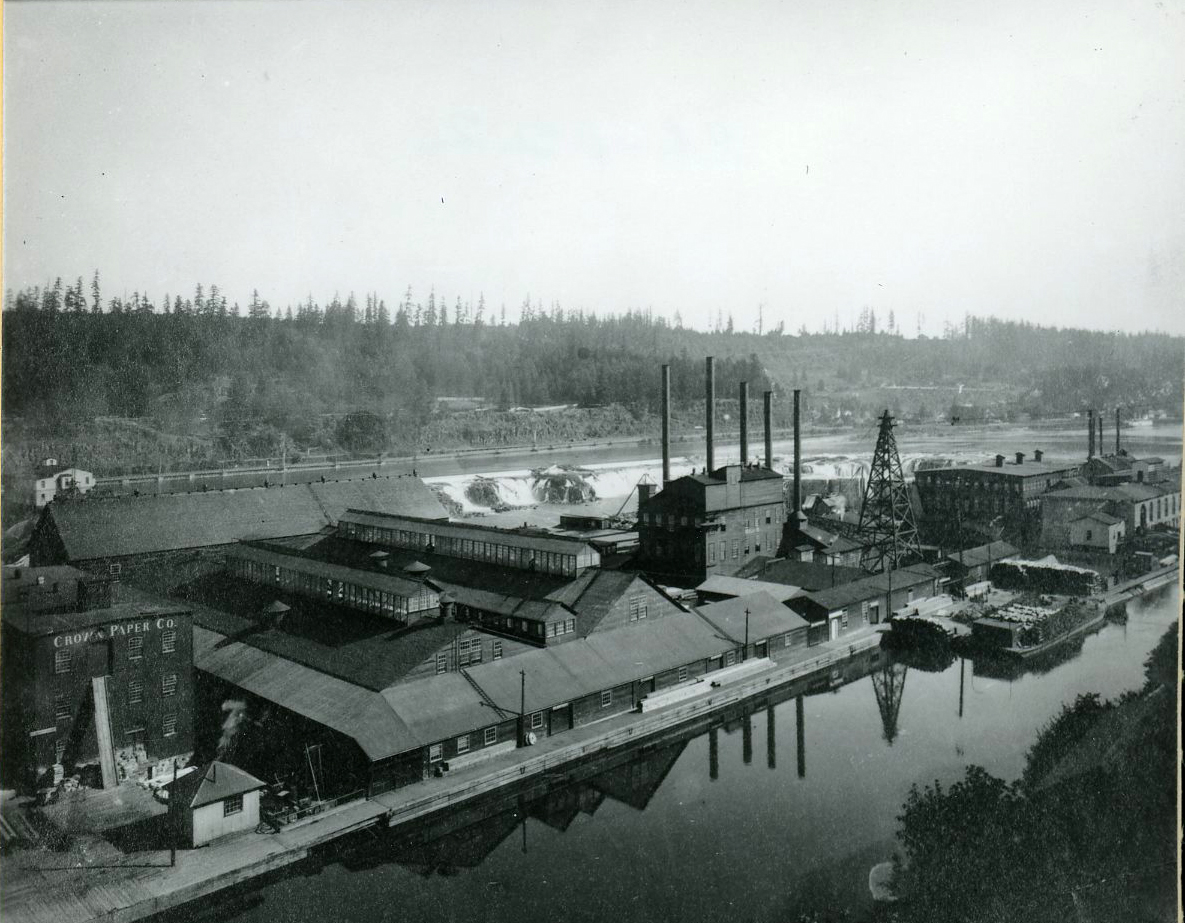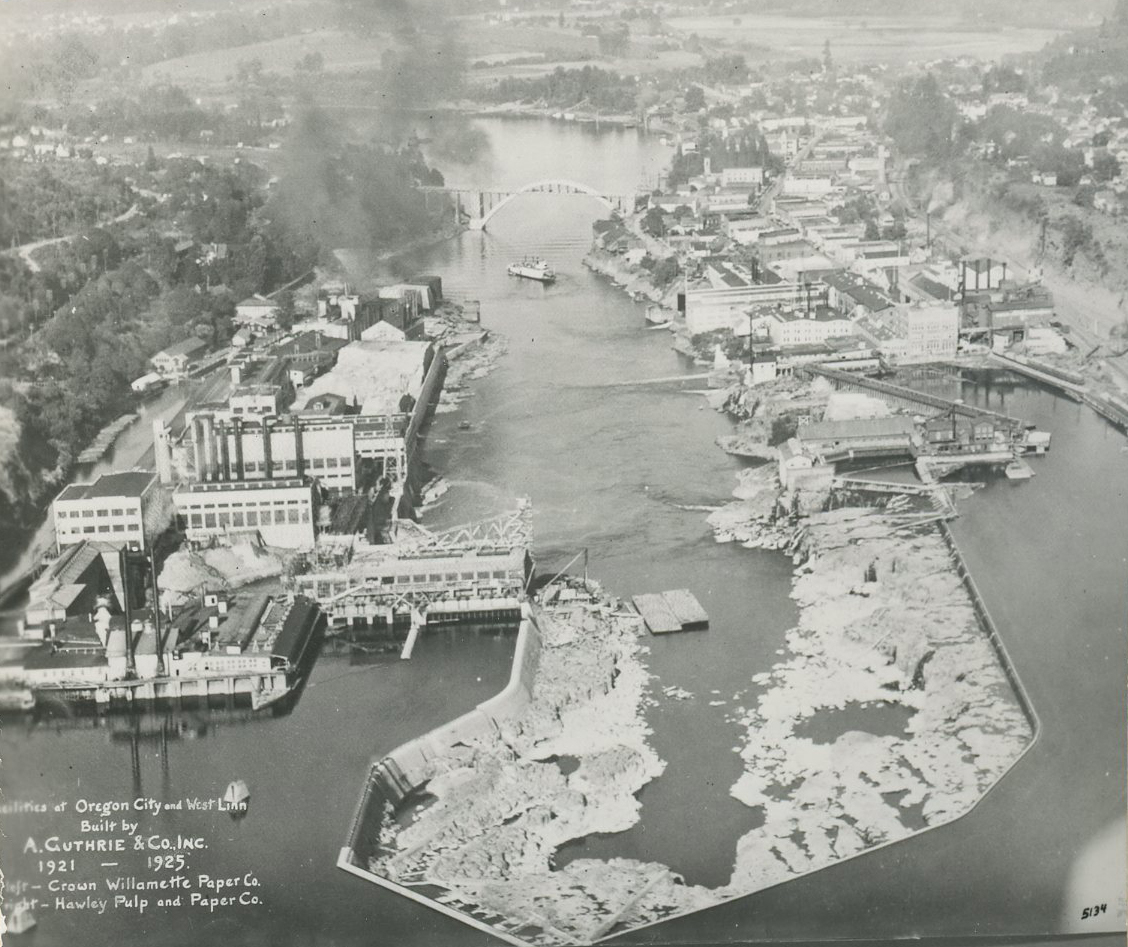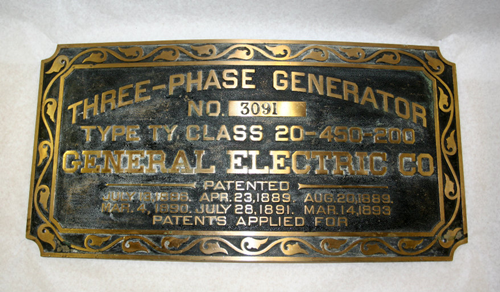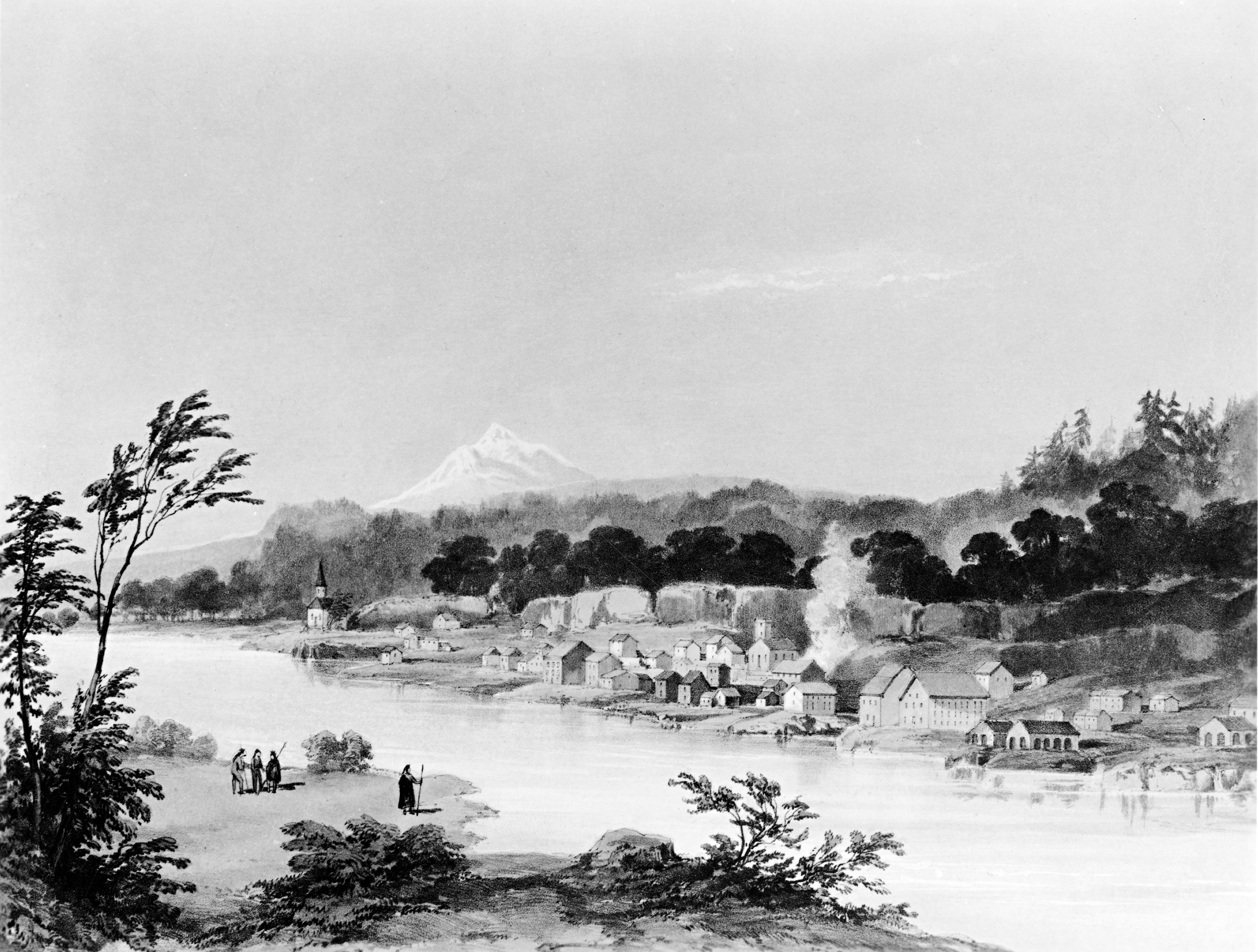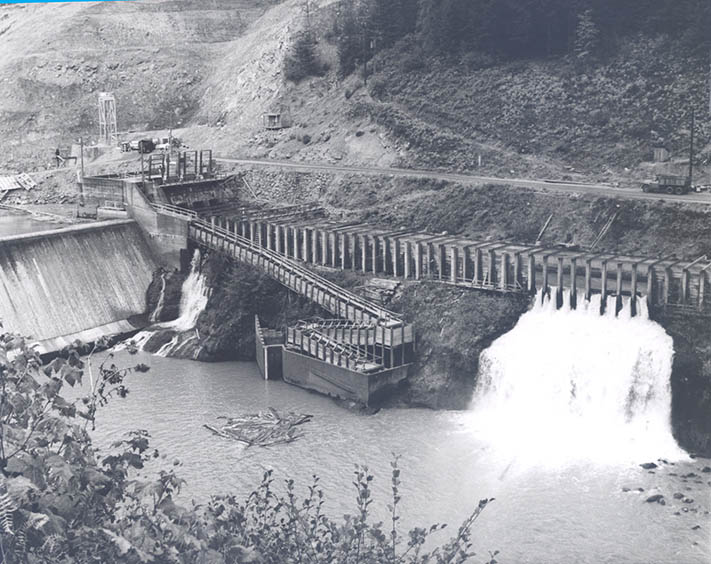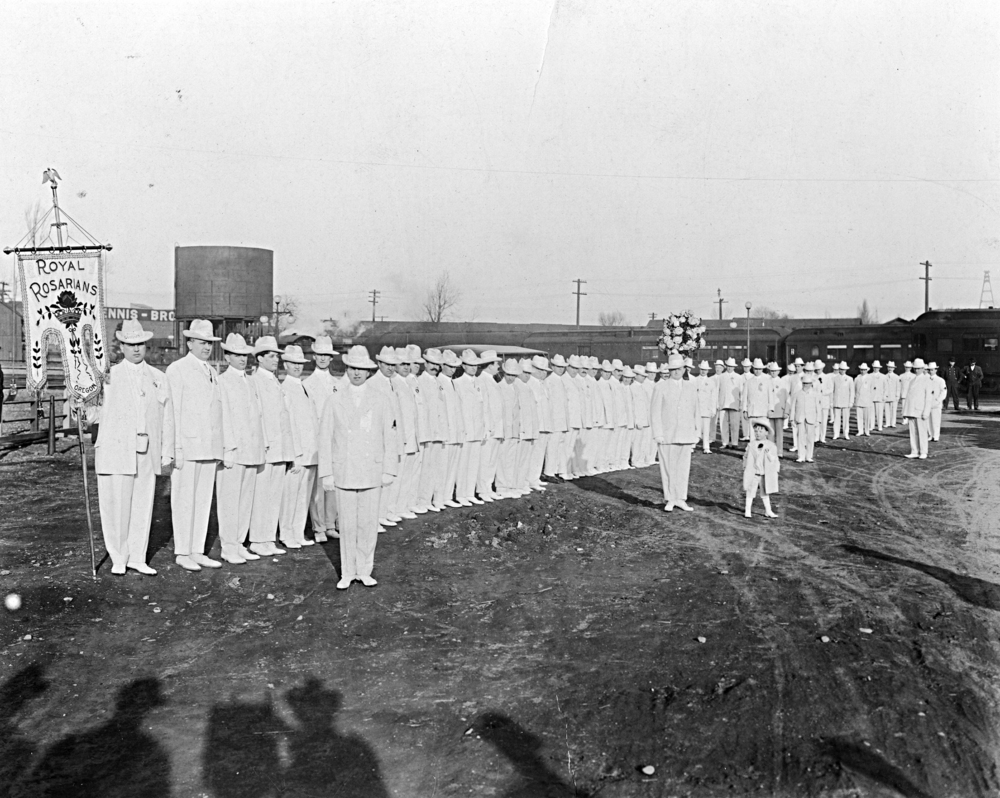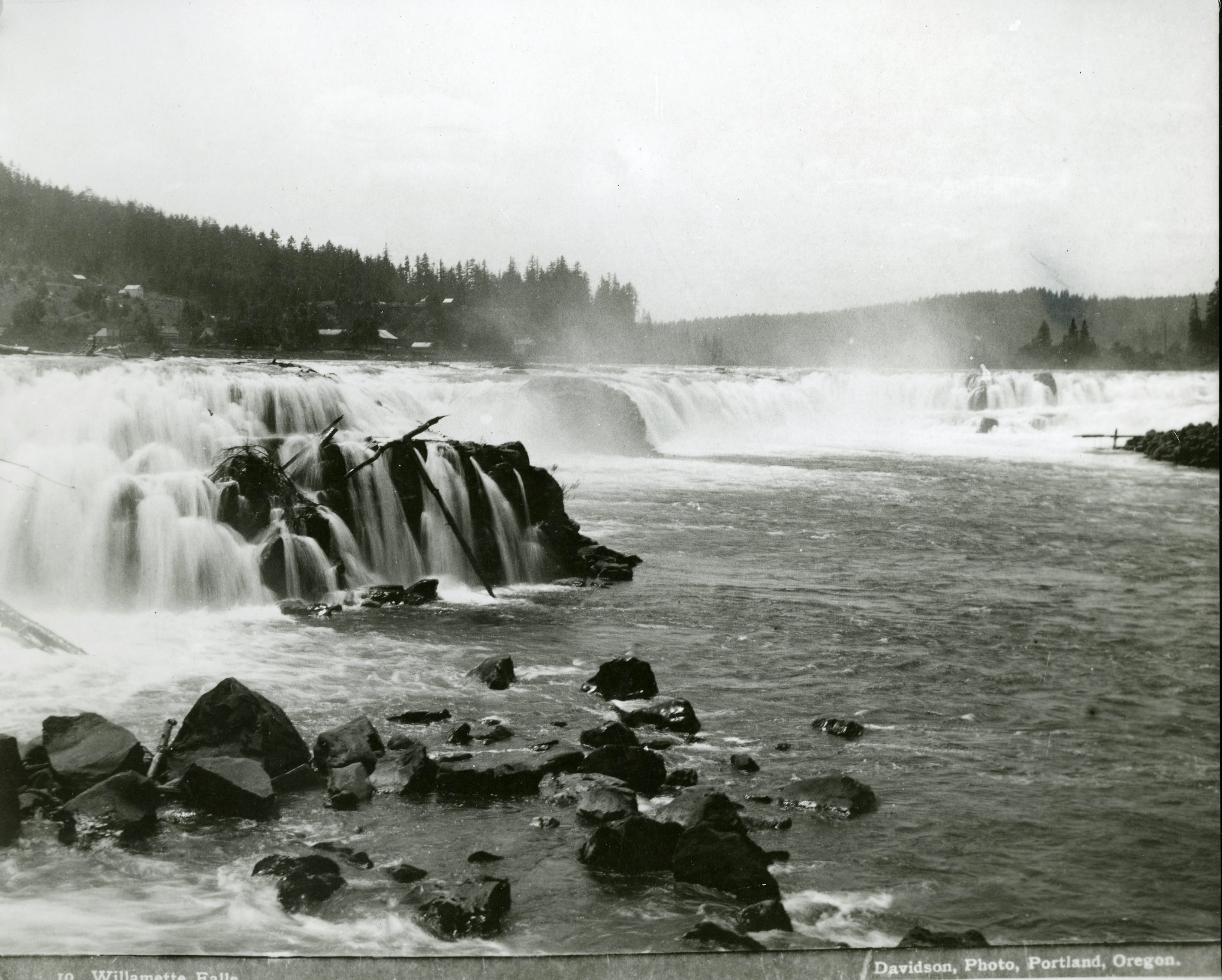Thomas William Sullivan was a hydro engineer who, over a span of half a century, was largely responsible for the industrial development at Willamette Falls. While working for the Willamette Falls Pulp and Paper Company and serving as the long-time hydraulic engineer for Portland General Electric, Sullivan played a significant role in the growth of Portland and Oregon City.
T.W. Sullivan was born in Abbeydorney, Ireland, on January 1, 1863, and immigrated to the United States two years later. His father, Florance Sullivan, followed his older brother Michael, the father of famed boxer John L. Sullivan, to America. Florance and the family settled in Rome, New York, where T.W. Sullivan attended public schools before working for the Rome, Watertown and Odgensburg Railroad along with his father. Sullivan exhibited a mechanical aptitude and was trained as a draftsman; later, he became a civil and structural engineer. By the age of twenty-five, he had been hired by the Remington Paper Company in Watertown, New York, to design one of the first sulphite paper mills in the country.
Along with his wife Jennie and their three children, Sullivan went to Oregon in 1889 to design a sulphite mill for the Willamette Pulp & Paper Company, in what is now West Linn, where the Remington family sought to build a paper manufacturing center. A flood damaged many of the industrial buildings at Willamette Falls just as the sulphite mill was nearing completion in February 1890, but the mill was mostly unscathed, which earned Sullivan some renown. He was hired by the Willamette Falls Electric Company, a predecessor to Portland General Electric, to repair damage to Station A, a generation plant, and the Willamette Dam itself. Sullivan worked for PGE as its chief hydraulic engineer for the rest of his life.
In 1893, PGE put Sullivan in charge of the construction of Station B, a new generation plant at Willamette Falls on the west bank adjacent to the Willamette Falls Locks and Canal. Station B first generated power in 1895 and with expansion became the single largest generation facility in Oregon. Sullivan was responsible for its design, as well as for the reconstruction and expansion of the dam. He later was involved with the construction of the Faraday, River Mill, and Bull Run hydroelectric projects.
In addition to his work for PGE, Sullivan designed foundations for schools and churches in Clackamas County, advised Oregon City on bridges and road improvements, as well as the powerhouse and dam upgrades at Winchester on the North Umpqua River. He remained involved with new construction for the paper mills at Willamette Falls and traveled to Canada to help his oldest son, Florance Jr. (known as Frank), design a paper mill for the Crown Paper Company in Ocean Falls, British Columbia. After teaching drafting at Benson Polytechnic, Frank Sullivan was the chief hydraulic engineer for the Willamette Pulp & Paper Company and then Crown-Zellerbach for almost fifty years.
T.W. Sullivan was elected mayor of Oregon City in 1891, serving one term. He also was involved in several social and charitable organizations and was the president of the Oregon City Commercial Club and the local Red Cross for more than two decades. Jennie Sullivan died in 1915, and Sullivan married Marguerite Mann in 1917. The couple had four sons.
T.W. Sullivan was a Royal Rosarian, and he led multiple relief efforts for veterans and war refugees and other displaced persons before and after the World War I. At his death in Oregon City on June 29, 1940, the Oregon Voter described him as “one of those sterling old reliable citizens whose community spirit was tempered by common sense but was asserted vigorously in support of whatever stood the test of soundness and would result in the progress of Oregon City, Clackamas County, and the State of Oregon.”
In July 1953, PGE renamed Station B as the T.W. Sullivan Plant to honor its designer. George E. Sullivan, T.W.’s second oldest child and then senior vice-president of PGE, was master of ceremonies at the dedication event.
-
![]()
T.W. Sullivan, Jan. 1928.
Courtesy Portland General Electric -
![]()
Early electric power facility on Willamette Falls, c. 1890.
Courtesy Oreg. Hist. Soc. Research Library, 006684
-
Willamette Falls c. 1900.
Oreg. Hist. Soc. Research Libr., OrHi 39282
-
![Renamed T.W. Sullivan Plant]()
Station B, Willamette Falls, c.1904.
Renamed T.W. Sullivan Plant Courtesy Portland General Electric -
![]()
Willamette Pulp and Power and Crown Paper.
Courtesy Oreg. Hist. Soc. Research Library, 005755
-
![]()
Crown Zellerbach paper mill, Lebanon, Oregon, 1939.
Courtesy Oregon Hist. Soc. Research Lib., Orhi78689
-
![]()
Paper mills on Willamette Falls near Oregon City and West Linn.
Courtesy Oregon Hist. Soc. Research Lib., 020907
-
![]()
An aerial view of Willamette Falls, with West Linn on the left and Oregon City on the right. The mill belonged to Crown Zellerbach..
Courtesy Oreg. Hist. Soc. Research Library, 66102
-
![]()
-
![This generator nameplate is likely to be from Station B (Sullivan). PGE opened Station B on Willamette Falls in Oregon City in 1895, and it quickly took over from Station A on the Willamette Falls (PGE's first power station). Renamed in 1953 for Thomas W. Sullivan, the PGE engineer who designed the station.]()
Sullivan Plant (Station B) nameplate, c.1893-1895.
This generator nameplate is likely to be from Station B (Sullivan). PGE opened Station B on Willamette Falls in Oregon City in 1895, and it quickly took over from Station A on the Willamette Falls (PGE's first power station). Renamed in 1953 for Thomas W. Sullivan, the PGE engineer who designed the station. Oregon Historical Society Museum Collection, 2015-6.46
Related Entries
-
![Oregon City]()
Oregon City
Oregon City was the first incorporated city west of the Rocky Mountains…
-
![Portland Railway Light and Power]()
Portland Railway Light and Power
Portland Railway Light & Power (PRLP) was created in 1906 through the c…
-
![Royal Rosarians]()
Royal Rosarians
In 1911, a delegation of ten businessmen represented Portland at Seattl…
-
![Willamette Falls]()
Willamette Falls
The largest falls in Oregon and the sixth in the United States by volum…
Related Historical Records
Map This on the Oregon History WayFinder
The Oregon History Wayfinder is an interactive map that identifies significant places, people, and events in Oregon history.
Further Reading
Kramer, George. An Oregon Powerhouse: The T.W. Sullivan Story. Portland, Ore.: Portland General Electric, 2017.
Robley, R. R. Portland Electric Power Company with its Predecessor and Subsidiary Companies, 1860-1935. Porltand, Ore.: Portland General Electric Company,1935.
Wollner, Craig. Electrifiying Eden: Portland General Electric, 1889-1965. Portland, Ore.: Oregon Historical Society Press, 1990.

